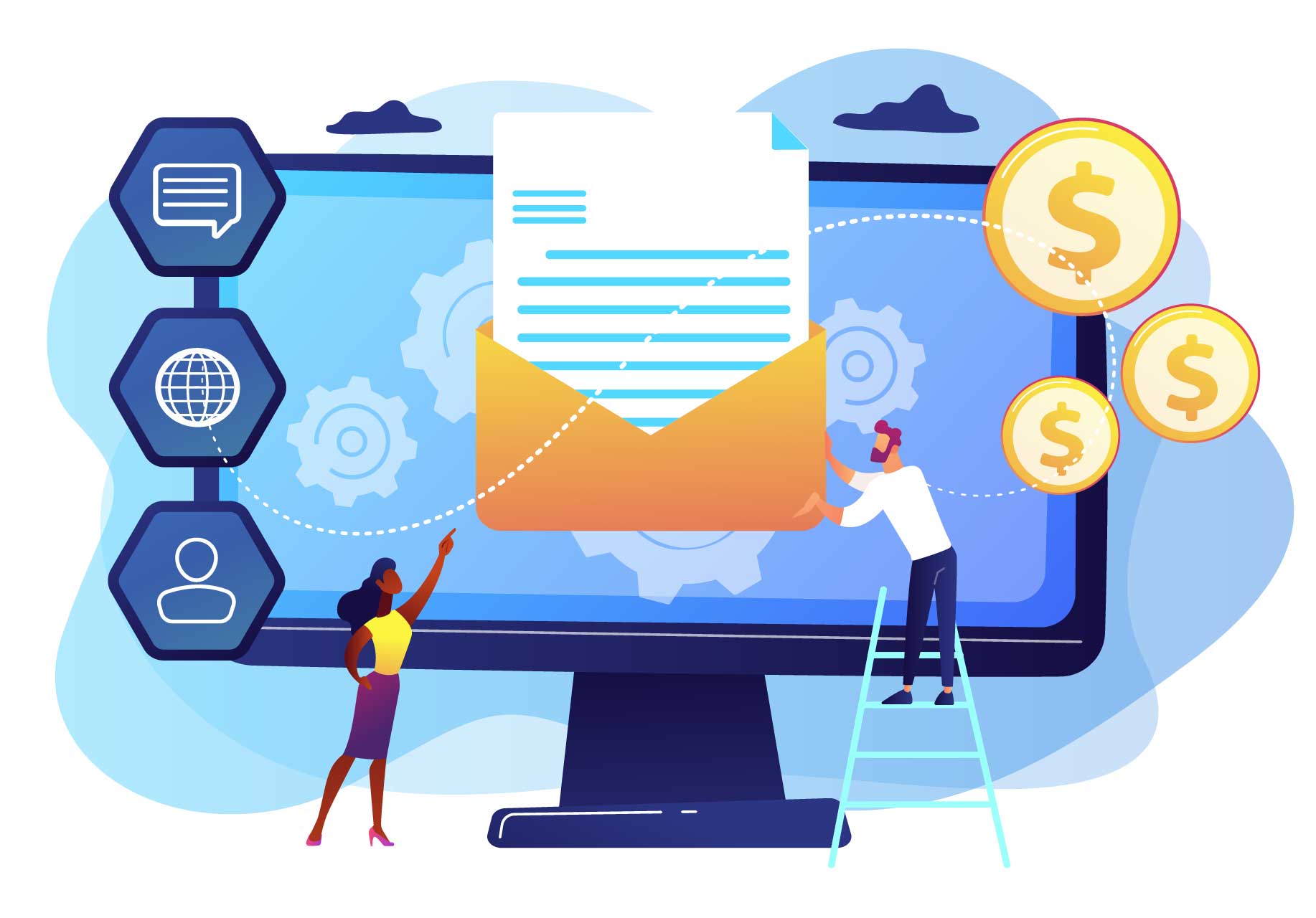Let’s admit it: Competition is intense, and securing contracts needs something more than a great proposal—it needs a strategic, organized, and fiscally smart approach. If your proposal process is disorganized, with missed deadlines and lost opportunities, Proposal Automation Software can change that. In addition to accelerating creation, it increases efficiency, accuracy, and strategic thinking. But automation only works as well as you implement it. Here’s how to get the most out of proposal automation software and what to look for in selecting the ideal solution.
Why Proposal Automation is Necessary for Today’s Businesses
Despite ups and downs in the economy, international businesses are still growing, and it becomes imperative for firms to win high-value contracts cost-effectively. But proposal writing is accompanied by a few setbacks:
Spending too much time on low-value contracts: With no filters, pre-sales teams end up putting in unnecessary effort pursuing deals that don’t make a significant impact on the firm’s top line.
Inefficiencies and nightmarish delays: Manual management of multiple stakeholders, iterations, and approval loops leads to inefficiencies and bottlenecks.
Lack of cost visibility: Inaccurate estimation processes result in contracts that appear lucrative on paper but fall short when delivered.
Misalignment between sales and project teams: Sales and project teams are too frequently misaligned, causing scope creep, conflicts, and inefficiencies.
Five Ways to Use Proposal Automation Software to Your Advantage
1. Go After the Right Opportunities
Most pre-sales teams get caught up in going after every possible deal, trying to bring in the maximum revenue. But not all deals are worth it. Think of a sales team working weeks on sharpening a proposal for a $50,000 contract when company strategy calls for going after contracts of $250,000 and more. The outcome? Time wasted and exasperated leadership.
Proposal automation software assists in filtering and prioritizing opportunities by deal size, strategic fit, and probability of win. By automatically deprioritizing low-value, small contracts, teams can concentrate on high-impact opportunities that actually grow the business.
In addition to filtering deals, automation delivers real-time insights to leadership, enabling them to determine if a proposal is worth going after. With clear data, businesses can transition from reactive deal-making to proactive, strategic sales engagement.
2. Manage Proposal Management as a Project
Proposals are not documents; they are projects. A winning proposal involves contributions from sales, finance, legal, and technical teams, all of whom operate under stringent timelines. However, in most companies, proposal management is an ad hoc, disorganized process, with teams working in silos and racing against submission deadlines.
Imagine that a proposal worth a million dollars is to be submitted within two days. The sales staff is holding their breath for finance to provide the cost estimates, legal has yet to approve terms, and technical experts are completing solution details. The outcome? A hasty, incoherent proposal that may lose the client’s confidence.
Proposal automation software resolves this by working on proposal development as a well-structured project. With set workflows, deadlines, and assignment of roles, it ensures:
- Smooth collaboration between departments.
- Live monitoring of progress, approvals, and outstanding work.
- Versioning to prevent duplication and miscommunication.
By injecting structure into proposal management, automation ensures teams can collaborate in sync, avoiding the eleventh-hour crisis and producing quality submissions.
3. Get Accuracy in Cost Estimation
Winning a contract is great—until you realize the deal is unprofitable. One of the biggest pain points in proposal development is inaccurate cost estimation. Many organizations still rely on spreadsheets, a method that is prone to human error, lacks real-time insights, and makes financial forecasting difficult.
Consider an IT service provider submitting a bid for a two-year agreement. The original proposal quotes implementation cost but neglects software license fees and regulatory expenses. Midway through the contract, unanticipated expenses begin to mount, reducing profit margins and causing friction within the company.
Proposal automation software mitigates these risks since it automates cost estimation. It allows:
- Detailed segregation of direct, indirect, fixed, and variable expenses.
- Real-time revenue forecasting based on past data and predictive analysis.
- Automated computation to eliminate errors and provide correct pricing.
Through financial health of proposals from the start, automation makes it easier for companies to win good-profit deals, not merely any deals.
4. Streamline Proposal Development and Eliminate Repetition
Composing a high-quality proposal is like reinventing the wheel each time. Sales teams copy and paste from previous proposals, reformat documents manually, and spend days tweaking them slightly to match client requirements.
Proposal automation software makes proposal composition a structured, streamlined process. Rather than begin from scratch, teams can:
- Utilize pre-designed templates designed for industry-specific requirements.
- Drag and drop reusable content blocks to minimize repetitive tasks.
- Maintain branding and formatting consistency in all proposals.
For instance, a consulting company submitting bids for several contracts in various industries can have a library of pre-approved templates. When a new RFP arrives, the team can easily customize the content without sacrificing consistency and accuracy. Proposal development is no longer a laborious, manual task with automation—it becomes fast, standardized, and stress-free.
5. Facilitate Smooth Transition from Proposal to Project Implementation
A good proposal also establishes expectations for the client and the project team. But if the expectations are not clearly communicated, implementation of the project is a nightmare.
A typical situation: The sales team gets a big deal, but the project team soon discovers that the proposal had guaranteed features that weren’t even debated internally. Confusion sets in, timelines get extended, and budgets get out of hand.
Proposal automation software fills the gap between pre-sales and delivery by:
- Ensuring all proposal details automatically flow to project management software.
- Keeping scope, budget, and delivery timeline aligned.
- Offering transparency between project and sales teams to avoid miscommunication.
This avoids last moment surprises and provides project teams with complete visibility into client commitments, financial expectations, and delivery milestones.
What to Look for in a Proposal Automation Software
Not all proposal automation software is created equal. To really get the most out of it, look for these essential factors when selecting a platform:
- Industry-Specific Features – An industry-specific solution that addresses the needs of proposals for your business (e.g., engineering, pharma, IT services) will provide better workflows, compliance features, and templates.
- Native Integration with CRM & Project Apps – A superior system should seamlessly integrate with your current CRM, ERP, and project management solutions to provide streamlined workflow.
- Smarts Templating and Reuse – Search for pre-configured, reusable, and customizable templates to ensure uniformity and expediency.
- Advanced Scheduling and Collaboration Features – The software should support role-based workflows, deadline tracking, and real-time collaboration across teams.
- Comprehensive Cost Estimation – It must offer detailed financial modeling to ensure deals remain profitable.
- Automated Proposal-to-Project Transition – The best systems don’t just help you win deals—they ensure the seamless execution of those deals.
Final Thoughts
The future of business expansion is efficiency, accuracy, and strategic implementation. Companies that adopt proposal automation will surpass the competition, win more high-value contracts, and establish a new benchmark in proposal excellence. The question isn’t whether you need proposal automation—it’s how soon you’re going to implement it.
An investment in Kytes PSA AI-enabled Proposal Management Software ensures comprehensive documentation of the proposal, covering solution details, scope, timelines, and financials, all in one centralized system. It enhances transparency across cross-functional teams, including project delivery, eliminating data silos and ensuring seamless collaboration.
With zero data duplication, every piece of information is recorded once and automatically transferred from the proposal stage to project execution, ensuring a smooth transition. This automation fosters an environment of trust within the organization, streamlining workflows and improving overall efficiency. Book a demo to see how Kytes can bring a change to your proposal management processes.





